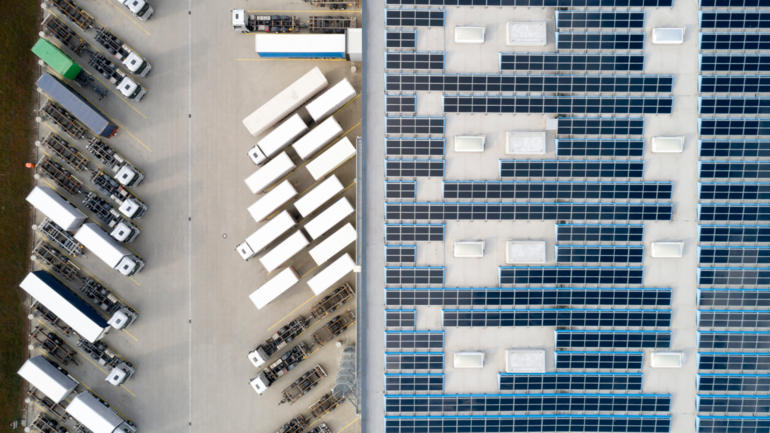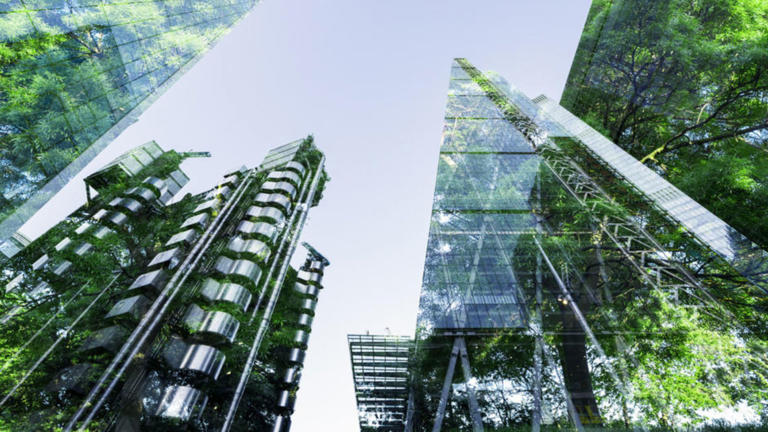“Walk into the boardroom of a typical Fortune Global 500 company today and the talk will be about today’s challenges. In an environment that rewards short-term gains, immediate concerns understandably dominate management’s time and attention. Many companies with relatively long business horizons are still effectively looking at their watches rather than their calendars. So what would happen if the people in those boardrooms asked themselves this simple question: What will the world look like in 2050?”
The paragraph above is an extract from a letter sent to members of the World Business Council for Sustainable Development in January 2010, informing them of the launch of Vision 2050, an ambitious study mapping out the transformative changes necessary to allow over 9 billion people to live well and within the boundaries of the planet by mid-century. Declaring that business as usual was not sustainable, Vision 2050 explored what a sustainable world would look like in 2050, how such a world could be realised, and the role of business in making that vision a reality.
Vision 2050 had the attributes of successful business planning: understand the current situation, identify obstacles to success, and create a pathway to overcome those obstacles. The conclusion: we need to transform the way the world produces and consumes everything, from energy to agricultural products. Vision 2050 went on to identify unprecedented opportunities for those businesses that understood they could no longer operate in business-as-usual, autopilot mode.
Almost 10 years on, the key concepts of Vision 2050 have largely stood the test of time. It accurately identified the importance of systems transformation and predicted the key action areas for initial progress, including new concepts, such as the circular economy, which have since become firmly established as part of the broader business landscape. It also coined the term “turbulent teens” to describe the current decade – turbulence that seems highly likely to continue for some years to come.
Inevitably, however, a number of topics have either increased in importance or emerged as critical new areas, such as the deep changes being driven by technology. Furthermore, the world that business is operating in continues to change: social tensions and environmental impacts are on the rise, leading to fundamental questions being asked about the role of business, and the economy as a whole, within society. Business has a material interest in shaping a viable long-term operating environment.
Although significant progress has been made in recent years, we are not yet on the cusp of the wholescale transformation of economies, societies and business models that is needed. We cannot yet see a clear path to bringing about a sustainable world at the rate or scale required, even though we have a much better idea today of what needs to be done than we did 10 years ago.
As United Nations Secretary-General António Guterres put it in a message to WBCSD members in mid-October, “visionary business leadership backed by tangible actions has never been more important. We must transition our economies towards net-zero emissions by 2050; boost the development prospects of the world’s most vulnerable countries and most marginalised people; and look at the 2030 agenda not through the prism of the economy of the last decade, but the economy of the next decade, seizing the potential of the fourth industrial revolution and safeguarding against its dangers.”
Driven by the ambition to identify a clear action agenda for business for the next decade and beyond, over three dozen member companies from 16 countries, representing more than 10 industry sectors, over 4 million employees and a combined $2 trillion in annual revenue, have come together around the ambition to refresh Vision 2050.
A revisiting offers the opportunity to analyse social, economic and political shifts, and to incorporate the new critical elements that have emerged. And through this process we can create a renewed collective, positive, business action and leadership agenda for the decade to come.
The transition to a sustainable future requires open eyes, coupled with collective and immediate action. For WBCSD, it is paramount for this piece of work to paint a positive picture of an achievable future that businesses can see themselves in and are excited and energised to work towards – finding new growth, lowering their cost of capital, and being more resilient. This will be crucial for catalysing the transformational efforts at the scale and speed that we need.
In addition, the vision should be rooted in clear action points that companies can take in the next decade, including descriptions of those current activities that need to stop in order for the vision to be achieved. Unavoidably there will be questions that will not be fully answered. It is therefore also important to identify key “must-solve” challenges that business will have to tackle in the coming years.
Lastly, this effort offers an opportunity to shape important discussions around the role of business and the future of capitalism. The recent CEO statement by the Business Roundtable has triggered a high-profile debate on the workings of our current model of capitalism and areas for improvement. There is a clear opportunity for WBCSD to help shape the narrative on how we can move from statements to action.
The future is determined by what we do now and the window of opportunity is closing fast. WBCSD will continue to shape and advance this work ahead of the projected launch of our revamped vision in October 2020. Throughout 2020 and beyond, we at WBCSD look forward to playing our part across solutions, technologies, innovations and partnerships as we embark on a decade of action and delivery, for the benefit of all.
This was originally published on: http://www.ethicalcorp.com/








